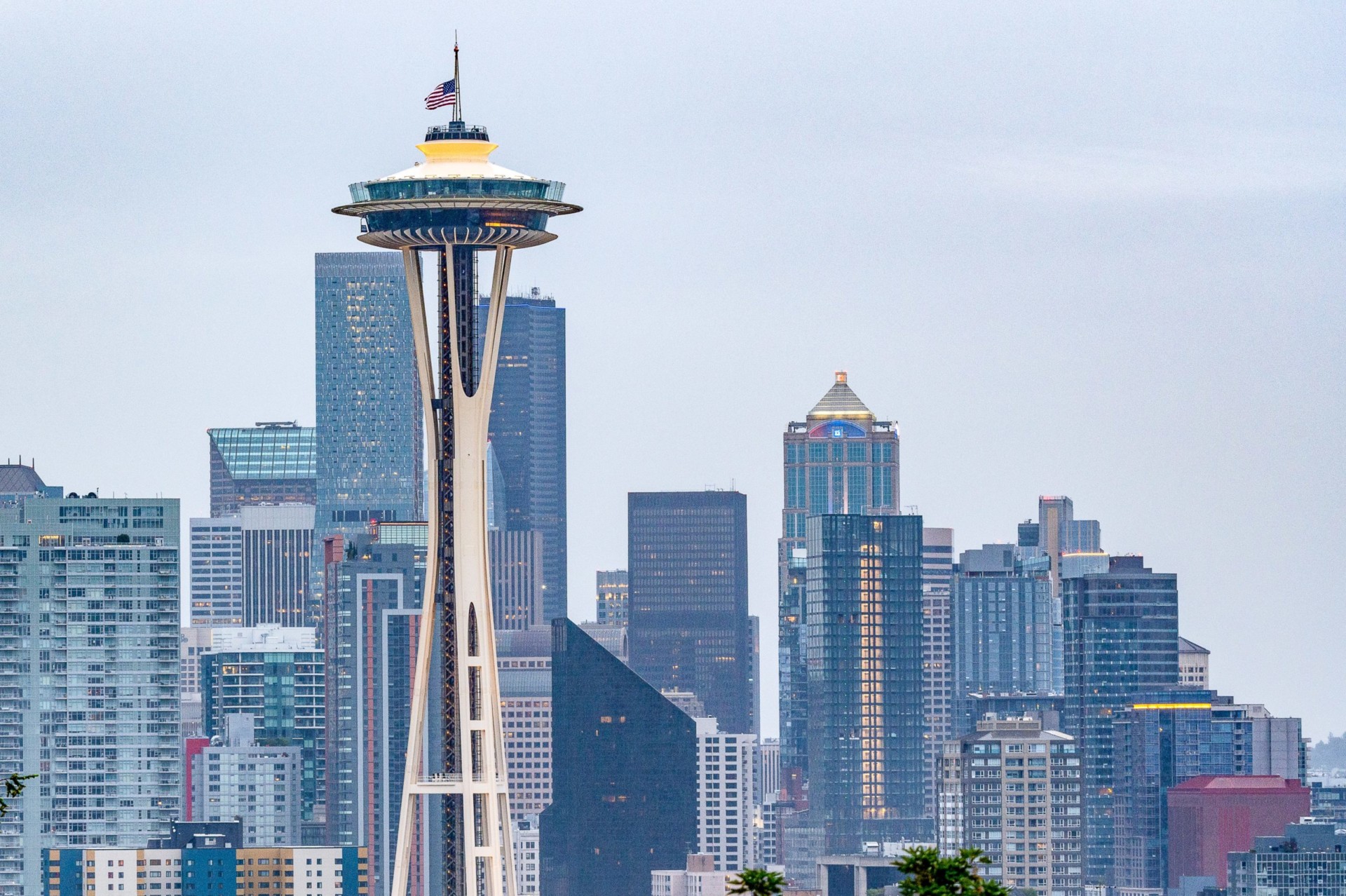Most of Seattle’s residential land is reserved for large and expensive detached homes. But that will change—gently. The city has just passed legislation to permit two extra dwellings (instead of one) for extended families and backyard cottage rentals. The new regulations, effective August 2019, also limit new home sizes.
Unanimously passed by the Seattle City Council, this new legal standard incentivizes the construction of “accessory dwelling units” (ADUs) on residential lots of at least 3,200 square feet. “This legislation creates modest but meaningful changes,” stated Councilmember Mike O’Brien, who chairs Seattle’s Sustainability and Transportation Committee, “to provide flexible, affordable housing options for families, homeowners, and renters while still preserving the look and feel of single-family neighborhoods.”
How Do Accessory Dwelling Units on Large Lots Make a City Better?
“Accessory” residential buildings are small and relatively energy-efficient. They also help remediate the city’s housing shortage by offering rental opportunities below the market rate. They help property owners who want to house (traditional or non-traditional) family members.
Backyard cottages expand a city’s opportunities to:
- Save space—regardless of population trends.
- Decrease residential energy use, supporting healthy climate policies.
- Provide seniors with local, comfortable options for independent living.
- Support initiatives to build backyard cottages to avert homelessness.
They also support the community’s overall stability. Recent research from Portland State University shows that more than 40% of homeowners with backyard cottages have lived in place for more than a decade.
What Else Is in Seattle’s New Rules?
The new rules are the culmination of years of research and policy development by O’Brien, the Housing Affordability and Livability committee, and other people and groups, including architects.
The initiative was delayed for a few years, opposed by the upmarket neighborhood of Queen Anne. The stall, for litigation that was ultimately dismissed, gave proponents time to produce an Environmental Impact Statement that effectively made the case for accessory dwellings.
Along the way, here are some specifics Seattle ironed out:
- A new, two-story home cannot take up more than a quarter of the lot. Because accessory dwellings don’t count against the builder’s limit, owners might see value in going ahead and including an extra structure (or two).
- A cottage’s maximum allowable size is now 1,000 square feet (up from 800).
- Building a cottage does not mean a homeowner has to also provide off-street parking for it.
- An owner of an accessory dwelling need not live on the property to rent it out.
And roommates are more encouraged than ever. The household limit on unrelated occupants is now twelve (up from eight), making Seattle a model and a champion of inclusionary zoning.
Inclusionary Zoning: Model of the Future City
Momentum is spreading.
A growing number of localities allow two accessory dwellings per lot in single-family residential zones.
The leaders are learning from each other and setting examples.
What Will Seattle Do Next?
Seattle’s City Council must now keep track of the new rule’s effects. Its Department of Construction and Inspections will keep tabs on how many new accessory dwellings get built and their street parking impacts.
The city will also be answering residents’ concerns. For instance, could the policy wind up causing a cottage industry, so to speak, of Airbnb-style holiday rentals? Under the legislation itself, if a “significant number” of Seattle dwellings do turn into holiday rentals, the city will tighten restrictions on short-term renting.
Seattle is working diligently to support its citizens. Adjusting regulations linked to accessory dwelling units demonstrates the commitment the city has to creating a thriving environment to live. Communities are evolving everywhere, and Seattle is no exception. Law and policy are following suit.




